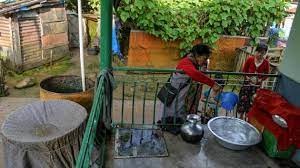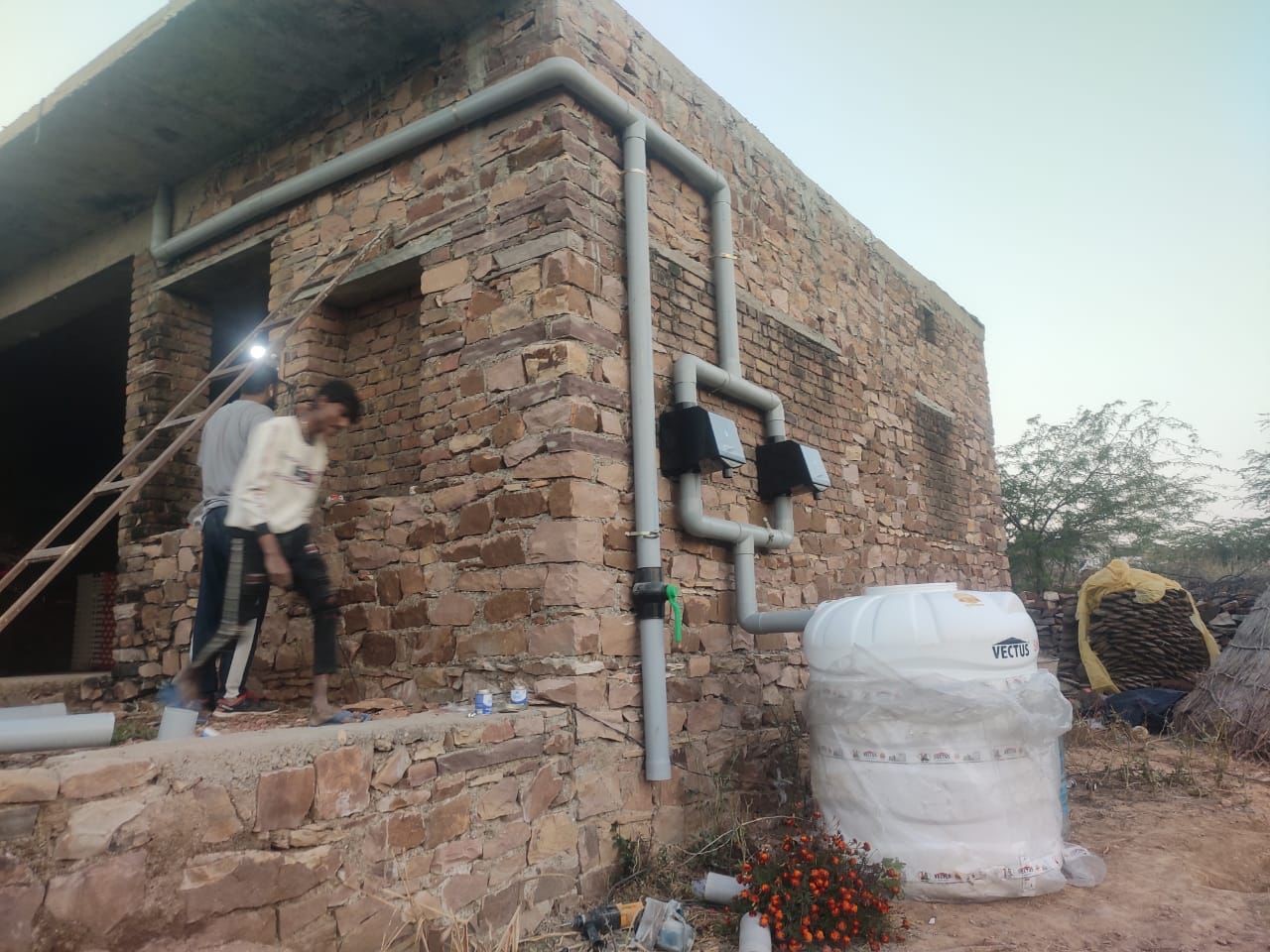In Mizoram, Meghalaya, Nagaland and Tripura, people store and harvest rain water through traditional means
Northeastern India’s hilly areas have always suffered scarcity of drinking water, as there is little water retention. Rain water run-off is rapid and many springs and streams drying up when during dry seasons.

Northeastern states with large tribal populations living in scattered rural settlements have been dependent on natural water sources for a long time.
Water from natural sources such as springs is usually clear. It also has health benefits as minerals get dissolved in water and moves through underground rocks. Springs containing significant amount of minerals are sometime known as ‘mineral springs’.
Women in these areas face significant challenges as they are forced to move downwards from hilly areas in search of fresh water.
In Mizoram, Meghalaya, Nagaland and Tripura, people store and harvest rain water through traditional means.
A method known as ‘rooftop harvesting’ — in which rain water is collected in tanks — is used. This water can be used for direct consumption and for recharging groundwater through simple filtration devices.
This stored water is used for drinking, gardening, irrigation and many other purposes.
Rain water harvesting is one of the most effective methods of water management and water conservation. As rainfall is usually unevenly distributed throughout the year, rain water collection methods serve as the only supplementary sources of household water.

Photo Credit: Hindustan Times
It is also one of the most promising alternatives for supplying freshwater in the face of increasing water scarcity and escalating demand in rural and urban areas. It is a sustainable form of utilization of water without endangering the survival of future generations.
In states like Meghalaya, stream and spring water flows through bamboo pipes. They are used to divert perennial springs on hilltops to lower reaches.
This system is used by tribal farmers in Meghalaya’s Khasi and Jaintia hills to drip-irrigate their cultivation. Rooftop rain water harvesting is the most common practice in state capital Shillong.
The Meghalaya government’s focus lies on rain water harvesting as there is a shortage of potable water in the state.
In Mizoram, to solve the problem of water scarcity in hilly areas, the state government extends help in constructing water tanks which can harvest rain water.
Although Mizoram receives annual rainfall of 250 centimeters, people in hilly areas usually suffer from water scarcity as rain water runs off quickly down steep mountain slopes.

Mizoram and Nagaland use an indigenous system of conservation of rain water known as the ‘Zabo’ or ‘Ruza’ system. In this system, rain water is collected and stored in catchments along mountain slopes for irrigation and other purposes.
The system combines water conservation with forestry, agriculture and animal care.
Vardhman Envirotech
India’s Passionate rainwater company
This article is published on: Down To Earth, 27 February 2020.
We would like to spread this for the benefit of fellow Indians.
